
Andy Ellis gives practical advice on the different options for storing KNX scenes in view of system robustness, how they will be used, and how they can be adapted.
The KNX system offers unrivalled versatility in its ability to set and activate scenes, but unlike many other lighting controllers, KNX is not based around scene setting – rather scenes have to be planned for and set up according to the requirements of the end user. The basics of scenes are that several actions can be triggered by a single command. A simple example would be a room with several lighting circuits, which may or may not include colour changing LEDs. By setting a scene, a single button press can set all of the lighting circuits to different lux and/or colour levels.
In KNX, scenes can be used for many functions in addition to lighting: for example to set up a cinema room with one-button press. This could lower the lighting, draw the curtains/blinds, lower the projector and screen, and switch on the HVAC.
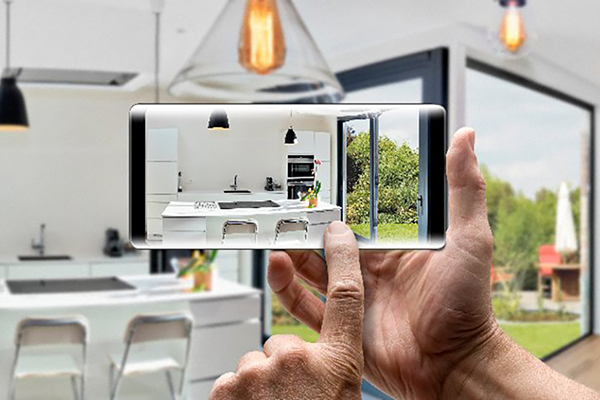
In this article I will provide an understanding of the complexities of scenes and hopefully enable the KNX professional to provide simple, easy-to-use and reliable solutions for the end-user. I cannot advise on lighting design, a subject area in its own right, but recommend this is explored further, as without the right lighting design, any scene setting may be trying to make ‘something of nothing’.
General considerations
The first step is to realise that the location and storage of a scene or multiple scenes requires careful planning. Some manufacturers supply dedicated scene controllers – usually DIN-rail mounted devices, but relays, dimmers, switches, room controllers, touch screens, servers and remote devices (not KNX) are all places where scenes might be available and thus stored. Without experience, it is tempting to simply store the scene in the first device available with a scene function.
Here are some of the criteria to think about during the planning stage:
• What are the consequences for the overall operation of the devices being scene controlled if the device storing the scene becomes unavailable (e.g product failure, network failure)?
If you have a room with several lighting circuits and a blind, do you store the scenes in a room controller that is physically located in that room (in which case, if a failure occurs then it only affects that room), or do you store the scene elsewhere?
• How does the customer activate the scene(s)?
This is where you can make or break an installation. Take, for example, a ‘simple’ 4-button switch. Depending upon the switch manufacturer, a single button could be made to perform multiple tasks, e.g. press once for Scene 1 (may be all ‘full on’), press again for Scene 2 (may be all ‘full off’). This may be fine for, say, the top left-hand button, but subsequent buttons would be best suited to single scenes set to different levels. And what if you want to introduce a dim or bright function into the switch?
The scene does not necessarily have to be activated from a physical device. It could be that the scene is triggered from a timer (e.g. for outside lighting).
Once a scene exists, then the same scene can be activated from different or multiple devices, such as an app or another interconnected system.
• How does the customer identify the scene?
How many installations have I seen where there is a set of buttons that have no labelling! Even after you have pressed each button, you are still mystified as to what each does. So simple as it may seem, a label would be a good start such as ‘Kitchen party’, ‘Relax’ etc.
• How is a scene setting altered?
If you contain the scenes entirely within ETS, then it should be possible to set up the local room controller buttons to set and store the scene, but more often than not, you will be left to explain to your customer how this is done, and without written instructions, it is easy for them to forget how.
Scene setting graphically is far easier, so why not use the app or PC visualisation to set the scene.
• Scene capacity
All devices have a limit to the number of channels per scene and the number of scenes. When planning, you need to consider the scene capacity against all of the other criteria listed herein.
Storing scenes
Most projects will have a number of devices that will be able to store scenes, so you may have to search the data sheets, or better still, load the product database in ETS in order to find out more. Here are some planning considerations when choosing where to store a scene or multiple scenes:
Scene controllers – whilst self-contained, easy-to-identify and easy-to-expand, scene controllers are more common in older installations. If you can find one today, it is likely to be a more costly option, especially as many KNX devices nowadays have scene capacity built in.
Switches or room controllers – ideal if you have a single location or activity – so in a kitchen where there may be multiple lighting circuits, scenes for these can be stored on the kitchen switch, thus keeping activities localised. With multiple rooms where multiple scenes are required, it is easy to run out of scene space and tempting to tag scenes from one room onto another. This can get very messy very quickly.
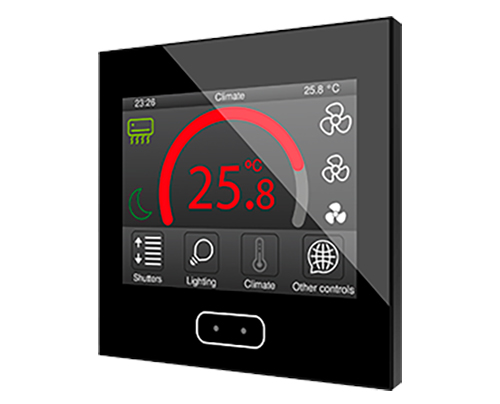
Relays and dimmers – placing the scene in a dimmer will help reduce bus traffic as only a single group address is sent, which, in a smaller installation, is not a problem.
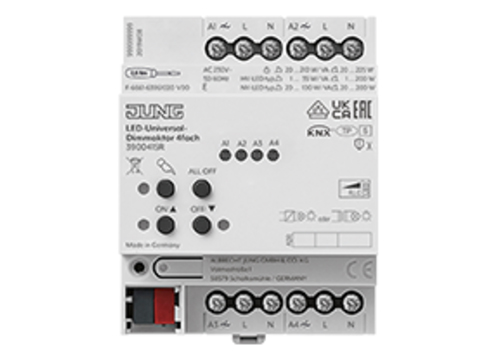
KNX servers – a KNX server is defined as a device that has a physical connection to the KNX bus. There are a number of KNX servers on the market, although sometimes it is not readily apparent that the products have a direct KNX connection. A server will allow all scenes to be stored in one place and thus provide easier manipulation and organisation.
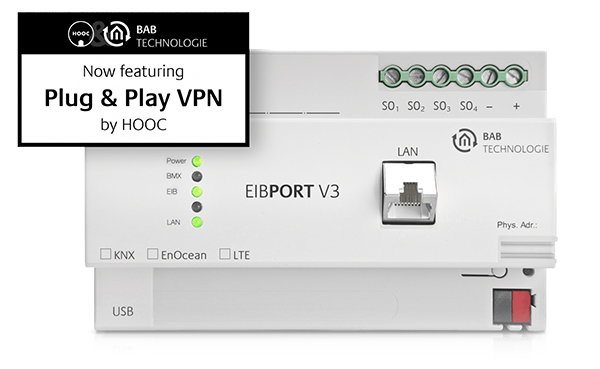
Remote servers or apps – by providing a third party with a set of group addresses that includes feedback, the scene situation can be taken away from KNX. Or, if required, you can still store the scene in a KNX device and access it remotely.
DALI scenes – The DALI-2 protocol allows for 16 scenes on any one DALI loop. One of the advantages of DALI is that up to 64 luminaires can be put onto a single loop. This number of luminaires is most certainly going to span multiple rooms – even if there were ten per room, we’re still talking about six rooms or more. The limitation of this is that if we require four scenes per room, we can’t really achieve this with a DALI controller because there are only sixteen scenes available as part of the DALI protocol.
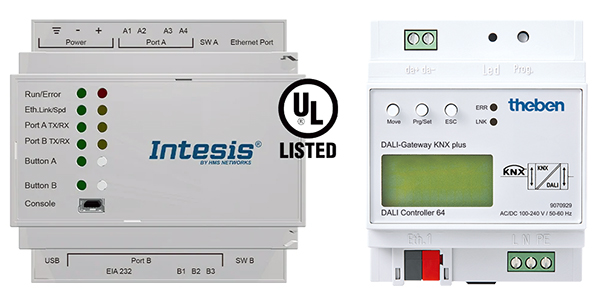
Using any one or multiples of the above storage locations may provide a satisfactory solution, but remember if for any reason the project has to be re-addressed, it may take time to understand what has been done, and so a simple schematic or descriptive write-up is well worthwhile.
Conclusion
There are many practical and operational considerations when planning scenes for a project. Making something appear ‘simple’ to the end-user can be a challenge, and ensuring smooth on-going operation requires thinking ahead. As this article shows, there are plenty of variables involved, and whilst setting up individual scenes may be easy, it is highly likely that different solutions will emerge for different KNX projects.
Certainly trends for scene setting err towards the main user interface which can be a tablet or handheld device, where the scene settings can be altered easily, but there is much to commend wall-mounted switches too, as they do not run out of charge and offer dedicated control.
Thanks to KNX, systems integrators have the flexibility to provide some remarkable combinations of actions and control options that can not only increase user comfort but help to save energy too.
Andy Ellis is the founder and managing director of Household Automation Ltd, and its sister company Knxion Ltd, providers of building automation consultancy, design, installation and aftercare services to clients who are involved in building residential and commercial properties.












